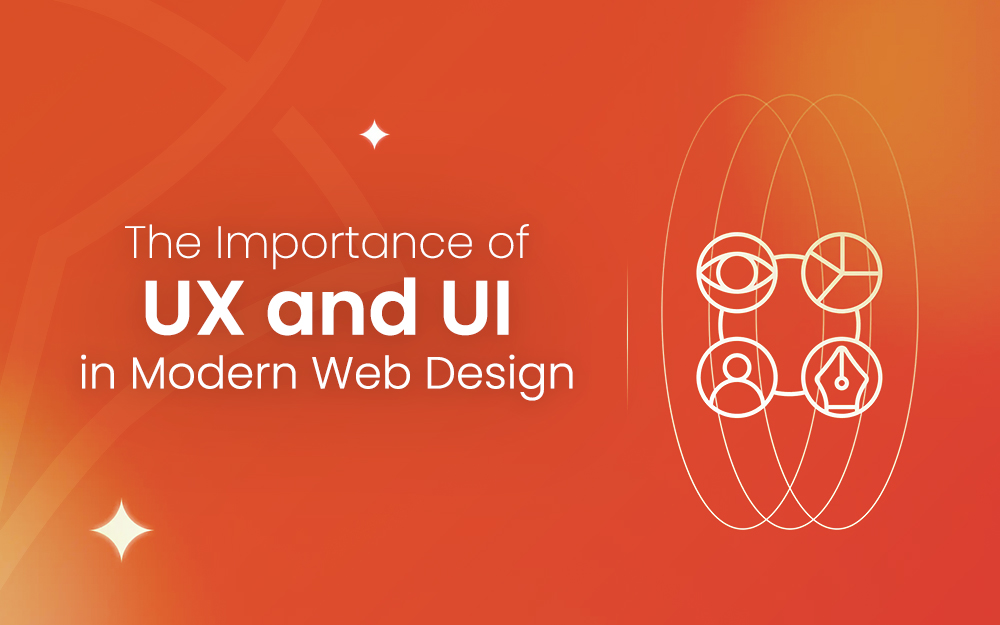In the ever-evolving landscape of web design, two elements stand out as crucial components for creating successful digital experiences: User Experience (UX) and User Interface (UI). These terms, often used interchangeably, encompass distinct yet complementary aspects of web design. Understanding their importance and how they interplay can significantly enhance the effectiveness of any web project.
Understanding UX and UI
User Experience (UX) refers to the overall experience a user has while interacting with a website or application. It involves a deep understanding of users’ needs, preferences, and behaviors. UX design focuses on creating intuitive, efficient, and enjoyable experiences that solve users’ problems and fulfill their needs.
User Interface (UI), on the other hand, is concerned with the visual aspects of a website or application. This includes layout, color schemes, typography, and interactive elements. UI design aims to create aesthetically pleasing and accessible interfaces that facilitate user interaction.
The Symbiotic Relationship Between UX and UI
While UX and UI have distinct roles, they are deeply interconnected. A beautifully designed interface (UI) can attract users, but if the experience (UX) is frustrating or confusing, users are likely to abandon the site. Conversely, a well-thought-out UX can be undermined by a poorly designed UI. Therefore, the synergy between UX and UI is essential for creating successful web designs.
The Importance of UX in Web Design
- User Satisfaction and Retention: A well-designed UX ensures that users find what they need quickly and easily. This leads to higher satisfaction, encouraging users to return and interact with the website again. Positive experiences foster loyalty and can turn users into advocates.
- Increased Conversions: Good UX design optimizes the user journey, reducing friction and making it easier for users to complete desired actions, such as making a purchase or signing up for a newsletter. This leads to higher conversion rates and improved business outcomes.
- Competitive Advantage: In a crowded digital marketplace, a superior user experience can set a website apart from its competitors. Users are more likely to choose and stick with a site that offers a seamless and enjoyable experience.
- Reduced Development Costs: Investing in UX design early in the development process can identify potential usability issues before they become costly problems. This proactive approach saves time and money by reducing the need for extensive revisions post-launch.
The Importance of UI in Web Design
- First Impressions Matter: The visual appeal of a website is the first thing users notice. A well-designed UI creates a positive first impression, capturing users’ attention and encouraging them to explore further.
- Brand Identity: UI design plays a crucial role in conveying a brand’s identity and values. Consistent use of colors, fonts, and visual elements helps establish a strong brand presence and builds trust with users.
- Usability and Accessibility: An effective UI design ensures that interactive elements are intuitive and accessible. Clear navigation, readable text, and responsive design contribute to a positive user experience, making the website usable for a wider audience, including those with disabilities.
- Emotional Connection: A visually appealing UI can evoke emotions and create a memorable experience. Thoughtful design elements, such as animations and micro-interactions, can delight users and enhance their overall experience.
Conclusion
In modern web design, UX and UI are not just complementary; they are interdependent. A successful web project requires a harmonious blend of both, ensuring that the website is not only visually appealing but also user-friendly and effective. By prioritizing UX and UI, designers can create digital experiences that engage users, foster loyalty, and drive business success. In an era where user expectations are higher than ever, investing in UX and UI is not just important-it’s essential.


